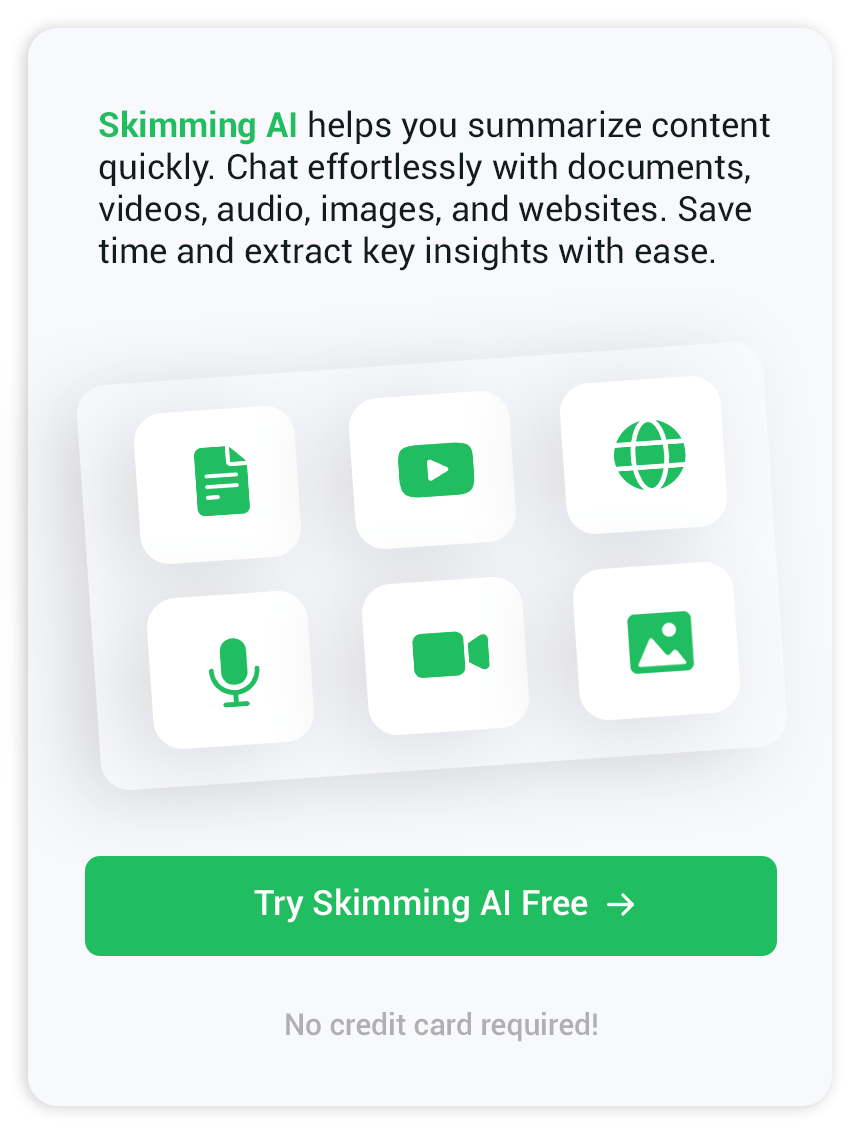AI Document Review for Faster, Safer Contract Workflows
AI document review is no longer a luxury reserved for global law firms. It is now a practical way for legal, finance, compliance, and operations teams to sift through growing piles of paperwork without missing a clause or a deadline. By combining optical character recognition, large-language-model reasoning, and task-specific machine learning, these systems read thousands of pages in minutes and flag what matters for human follow-up. This guide explains why the shift is happening, what capabilities to look for, and how to launch a project that pays off quickly.
Why AI Document Review Matters
The Bottleneck with Traditional Review
Manual reading and flagging once worked when deals were smaller and regulations lighter. Today, an average commercial transaction may involve multiple contract versions, lengthy exhibits, and cross-references to statutes. Human reviewers face tight timelines, fatigue, and the real risk of overlooking a hidden obligation.
How Machine Learning Reads Your Papers
Document AI platforms break each page into tokens, classify sections such as parties or payment terms, and map relationships between them. Pre-trained language models provide semantic understanding that a simple keyword search cannot match. As reviewers approve or correct suggestions, the engine refines its predictions, creating a feedback loop that raises accuracy without extra code.
Core Capabilities You Should Expect
Intelligent Extraction and Classification
Look for systems that can detect entities such as dates, governing law, and renewal windows, then export the results to spreadsheets or contract-lifecycle tools. High-performing engines handle scanned PDFs as well as born-digital files.
Natural Language Queries and Summaries
Modern interfaces allow teams to ask, “Which NDAs expire within ninety days?” instead of building complex filters. Concise bullet-point summaries speed internal briefings and board packets.
Continuous Learning for Accuracy
A true production-ready platform lets administrators review edge cases, correct them inside the dashboard, and push the refined model live with a click. This cycle is essential for niche domains like energy offtake agreements or medical device compliance files.
Everyday Use Cases Across Industries
Contract Lifecycle Management
Sales and procurement departments rely on AI document review to surface auto-renew clauses, price-escalation triggers, and conflicting governing-law terms before signing.
Compliance and Audits
Financial institutions ingest policies, client correspondence, and regulatory notices, then compare them for gaps that examiners may cite. Audit time drops sharply because reviewers focus only on flagged sections.
Financial Statement Analysis
Private-equity analysts feed annual reports and debt covenants into document AI to locate cash-flow definitions or material-adverse-change language that could affect valuation.
Medical Records and Insurance Claims
Healthcare providers extract diagnosis codes, treatment dates, and physician notes to accelerate reimbursement while staying within privacy rules.
Choosing the Right AI Document Review Tool
Accuracy Benchmarks and Data Security
Request a limited trial with your redacted files and compare precision and recall metrics. Insist on encryption at rest and in transit, and confirm that training data never leaves your tenant.
Integration with Existing Systems
Native connectors for SharePoint, Google Drive, and standard contract repositories prevent duplicate storage. REST APIs allow scripting of custom workflows, such as routing flagged leases straight to property managers.
Transparent Pricing and Support
Look for consumption-based tiers that match how often your team uploads documents. Responsive support, clear roadmap updates, and detailed changelogs indicate a vendor committed to a long-term partnership.
Quick shortlist of widely used platforms:
- Google Cloud Document AI for scalable parsing across industries
- Adobe Acrobat AI Assistant for PDF-centric teams
- Skimming AI for rapid on-the-fly summaries and question-answering when you need insight on the go
- Writingmate and docAnalyzer.ai for no-code deployments in smaller departments
Quick Start Guide to Implementation
Define a Pilot Scope
Select one document type, such as master service agreements, and measure turnaround time before and after automation. A narrow pilot keeps stakeholders engaged and reveals edge cases.
Prepare High Quality Ground Truth
Gather a representative sample with accurate labels for each field you want extracted. Even the best model struggles without clear examples.
Measure Results and Scale
Track speed, accuracy, and reviewer satisfaction. Once the pilot meets thresholds, integrate with downstream systems, roll out to new document categories, and train power users to fine-tune rules.
Challenges and Ethical Considerations
Data Privacy and Confidentiality
Sensitive personal information and trade secrets demand strict access controls. Choose providers that comply with frameworks such as SOC 2 and ISO 27001.
Bias and Explainability
Models may misinterpret culturally specific language or outdated legal terms. Dashboards showing confidence scores and highlighted text help reviewers understand why a clause was flagged.
Human in the Loop Best Practices
AI accelerates the drudgery, but domain experts still make final calls. Provide clear escalation paths so reviewers can escalate ambiguous sections to senior counsel or compliance leads.
What the Future Holds
Multimodal Inputs
Upcoming releases combine text with diagrams, signatures, and even audio comments, giving reviewers richer context inside one pane.
Autonomous Workflows
Document AI will soon trigger downstream actions, such as generating contract amendments or updating policy manuals, once confidence thresholds are met.
Regulation Ready AI
Governments are drafting guidelines that require transparency around automated decision-making. Vendors are building audit trails and consent mechanisms to stay ahead of these rules.
Paperwork may be inevitable, but wasted hours are not. By adopting AI document review thoughtfully, teams gain speed, consistency, and sharper insight while reserving brainpower for negotiation and strategy. Start your journey with a focused pilot, monitor the metrics that matter, and watch your confidence grow as each new batch of files flows through an intelligent pipeline. The next time a colleague mentions an urgent contract summary, you can smile, open your dashboard, and let AI document review handle the heavy lifting.


